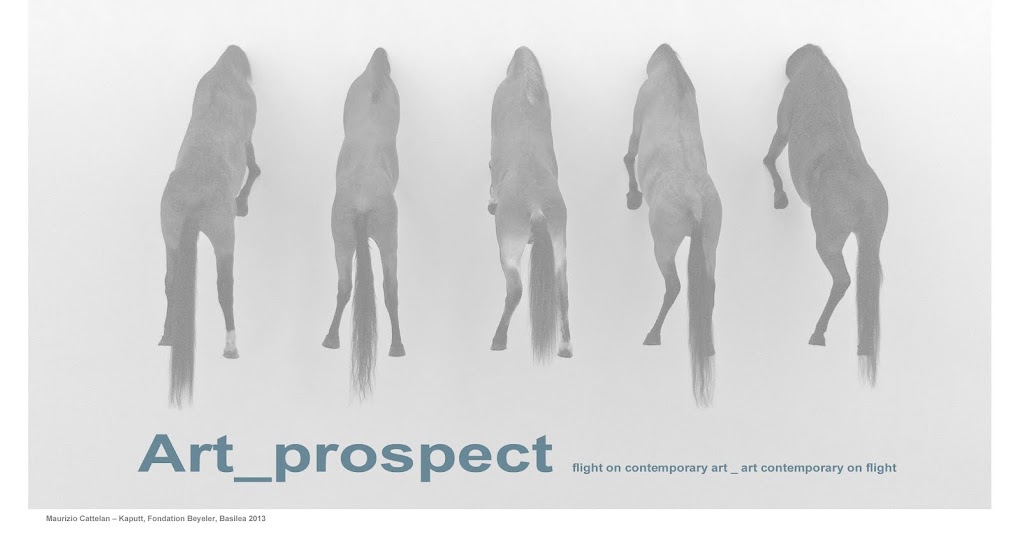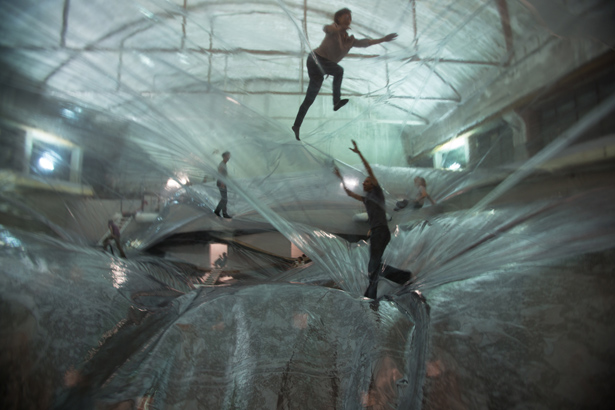Memories.
Tokens.
Charms.
From a discarded piece of Bubblegum
To a scrap of string….
We are surrounded by a visual collaboration of individual memories and moments either washed up on shore or abandoned, deserted on a Mexican nature reserve. Gabriel Orozco has recycled these forgotten treasures into his own masterpiece that, “can be read both as a critique of current civilization and a poetic topography.” All these little artifacts are brought together perfectly like a constellation of stars in his exhibition Asterisms shown at Deutsche Guggenheim Berlin.
Asterisms – A prominent pattern or group of stars, typically having a popular name but smaller than a constellation.
“It is a two-part sculptural and photographic installation comprising thousands of items of detritus he gathered at two sites- a playing field near his home in New York where he has collected evidence of activities held there, and a protected coastal biosphere and wildlife reserve in Mexico that is also repository for flows of industrial and commercial waste from across the Pacific Ocean. Presented as a taxonomic study of material, shape, size and color, the exhibition underscores and amplifies Orozco’s subtle practice of subjecting each of his projects to personal idiosyncratic systems.”
“His studio is the world more than anyone, Gabriel Orozco embodies the ideal of the contemporary artist who travels constantly to research and create his work. Over the last thirty years, he has lived in Madrid; Berlin; London; Salvador, Brazil and San Jose, Costa Rica, and currently he divides his time among New York, Paris, and Mexico City. Just as he resists being pinned down to a permanent location, his work also refuses to be classified into the usual categories. While embracing his Mexican heritage, Orozco resists classification as a stereotypical ‘Mexican artist,’ part and parcel of his belief that national identities have become complex and ambiguous in the boundary-upending world we inhabit. The 1962 – born artist discovers the raw material for his poetic sculptures, photographic works, paintings, and found objectsalmost everywhere- in art history, or on the street, or,as in his project for the Deutsche Guggenheim, on the beach of a Mexican nature preserve and sports field in New York.”
- Friedhelm Hutte, Global Head of Art, Deutsche BankAG
One can always feel an innocent secret hidden within the aesthetics of a shimmering white sea shell. The mystery of the pearl, the age of the the shell itself, and the undiscovered secrets of the ocean hidden within its delicate exterior. These beautiful natural structures are as exciting as the miraculous science behind the lightbulb. Orozco skillfully brings together an exciting oxymoron of nature and manufactured science. The two elements harmonize in color, texture, meaning, and form to become elements of his perfectly positioned installation.
“The individual objects carry narrative connotations. Some of the bottles, for instance, have messages in them. Metal tins appear to contain wartime ammunition or food. Domestic- scale light bulbs once illuminated private homes and fishing boats, and the barnacle- covered buoys demarcated specific marine routes throughout the Pacific. Every item has a back story, a secret that is subsomed by the overwhelming narrative of accumulation and pollution. What does translate is a pronounced awareness of circulation, literally and figuratively. The multifarious items comprising this installation were operative in their respective worlds, their functions defined and their roles unquestioned. Once jettisoned and lost at sea, the objects were literally set in motion, carried along by the tide but with their lack of inherent worth or purpose abundantly clear. When Orozco recuperated them from the coast of Mexico, he put them back into the ecology of exchange but with vastly different conceptual and aesthetic intonations.”
- Friedhelm Hutte, Global Head of Art, Deutsche BankAG
Orozco’s Asterisms is a perfect collaboration of photographic images, installation, and digital media presenting a “beautiful, seminal, and profoundly human exhibition.” The Guggenheim even gives you the opportunity to see this exhibition every Monday for free so there is no excuse to miss it. Running until the 21st of October, everyone should visit the Mexican artist’s thrillingly colorful and perfectly installed Asterisms.
thanks to: Erin Laurel Haylow
http://blog.artconnect.com/2012/10/19/gabriel-orozco-at-guggenheim-berlin/














































